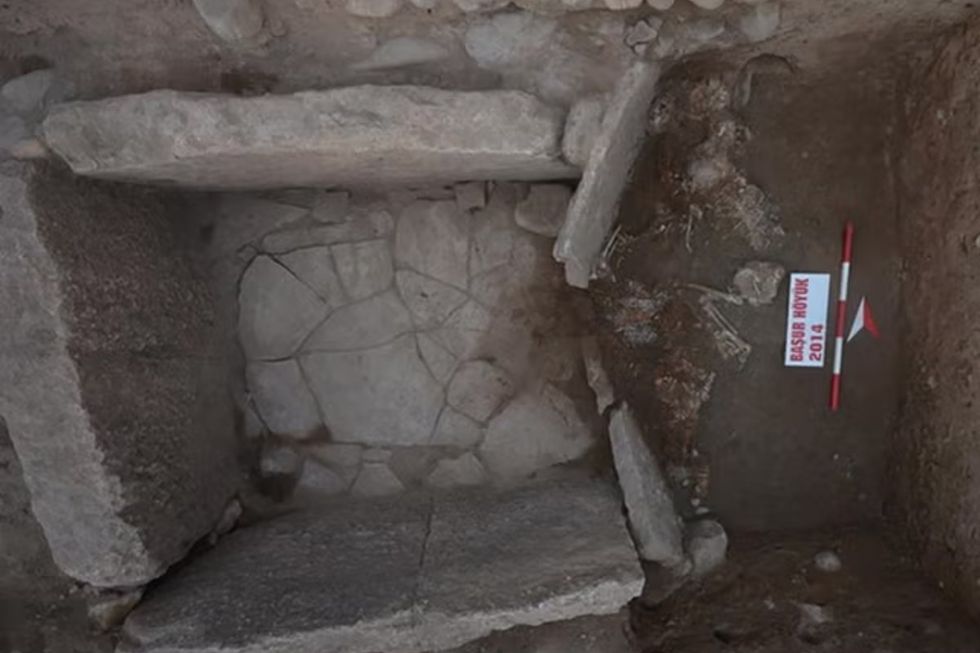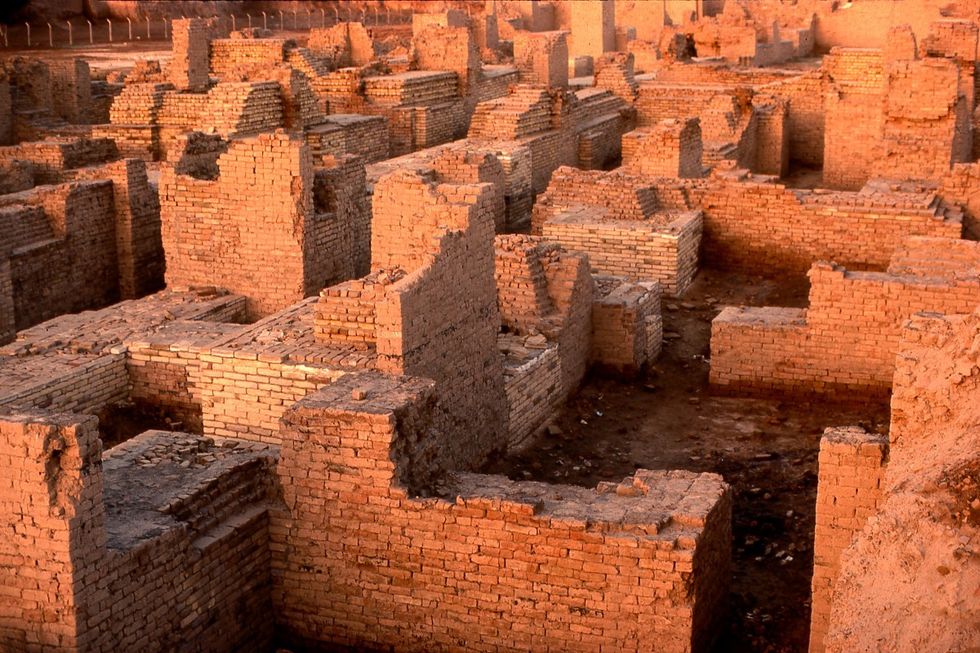Archaeologists baffled after finding 4,800-year-old Bronze Age burial site full of ritually sacrificed teenagers
The discovery challenges an assumption that ancient societies followed a fixed power structure
Don't Miss
Most Read
Archaeologists have been left baffled after discovering a hoard of new data from a 4,800-year-old Mesopotamian grave site.
Scientists working at the Bronze Age cemetery of Basur Höyük burial site unearthed an unusual abundance of teenagers' remains.
Researchers had previously discovered evidence of grand funerary rituals and spectacular quantities of precious metals at the site in Turkey's south-eastern Siirt Province.
Dating back to between 3100 BC and 2800 BC, the site has challenged conventional understanding of how the first human states formed and raised new questions about this nearly five millennia old society.
 Archaeologists baffled after finding 4,800-year-old Bronze Age burial site full of ritually sacrificed teenagers
Archaeologists baffled after finding 4,800-year-old Bronze Age burial site full of ritually sacrificed teenagersBaşur Höyük Research Project/Cambridge Archaeological Journal 2025
Archaeologists believe teenagers buried in the richest tombs were predominantly females aged between 12 and 16 years.
DNA analysis revealed these adolescents were not biologically related to each other, suggesting they were brought from different areas.
The skeletons were discovered in clothes and were decorated with non-local materials, with only beadwork and textile fragments surviving.
Metal fastening pins were also discovered, some of which were unusually large for human wearers.
MORE LIKE THIS:
The tombs contained what scientists described as "spectacular" quantities of precious metals.
The discovery at the burial site challenges a traditional view of early Mesopotamian state formation, which suggests a straightforward progression towards kingship.
The Basur Höyük site complicates this narrative despite being located in the upper reaches of the Tigris and Euphrates rivers.
Previously, such rich burials would have been interpreted as young royals buried with sacrificed attendants, reflecting a clear social hierarchy.

The Ancient City of Babylon is one of the most well-known excavation sites in Mesopotamia
GETTY
However, new evidence suggests these teenagers were ritually sacrificed as part of elaborate ceremonies.
Researchers believe they were brought together from different groups specifically to participate in an extreme ritual.
"All the bodies associated with this grand burial rite were clothed in elaborate costumes, decorated with non-local materials," scientists wrote in the study published in the Cambridge Archaeological Journal.
The sacrifice of this "age set" may represent a ritual initiation into a cult that was developing novel political arrangements.
These arrangements eventually led to the later dynasties of the region.
Scientists hypothesise that this early society alternated between egalitarian and hierarchical structures, often on a seasonal basis.
This challenges the assumption that ancient societies followed a fixed power structure with kings at the top of the social hierarchy and suggests a more fluid political arrangement than previously thought.
"The new picture is decidedly more complex and suggests that a linear trajectory from 'small-scale egalitarian' to 'large-scale stratified' societies may simply not exist there," the researchers write.














